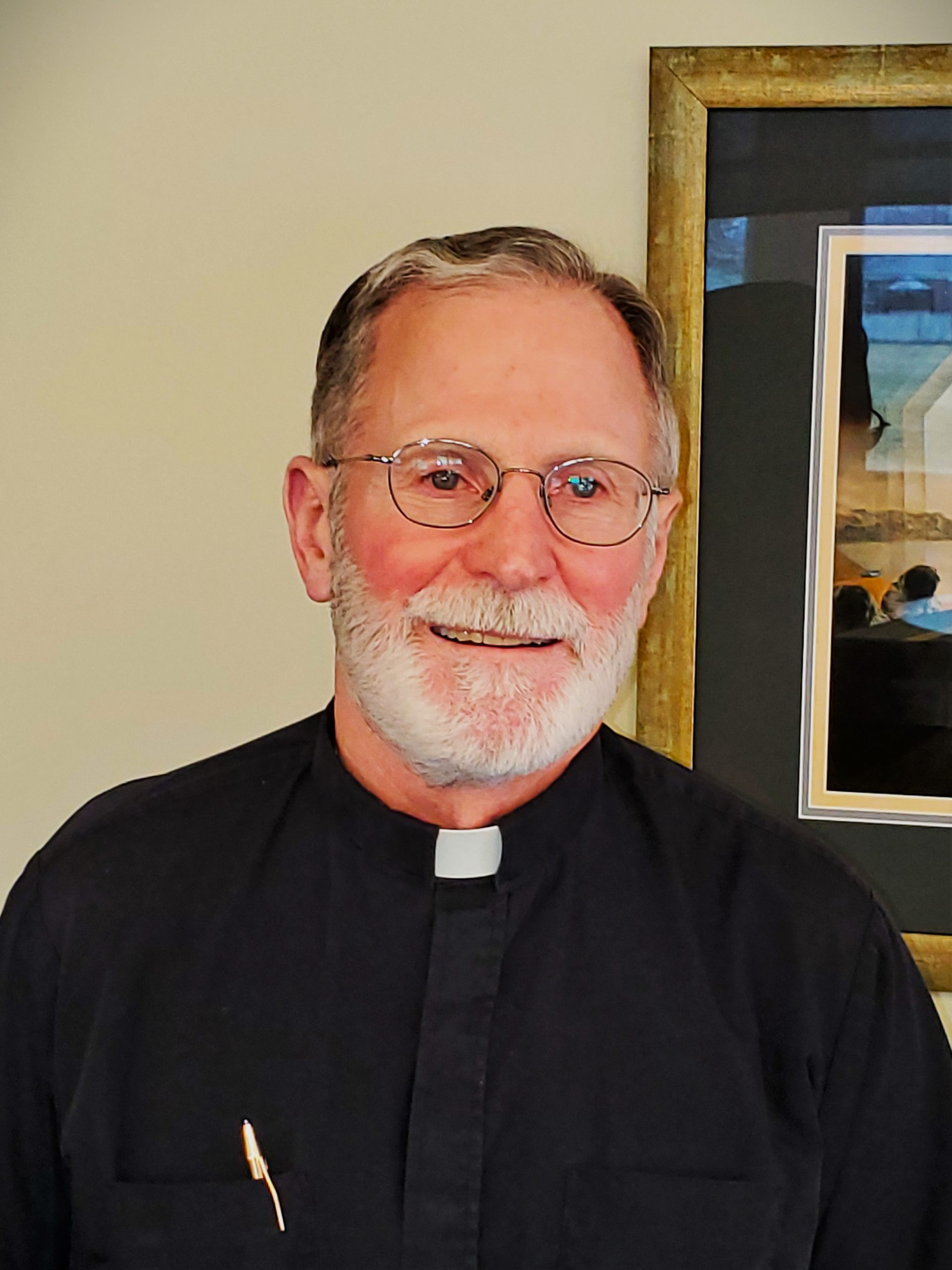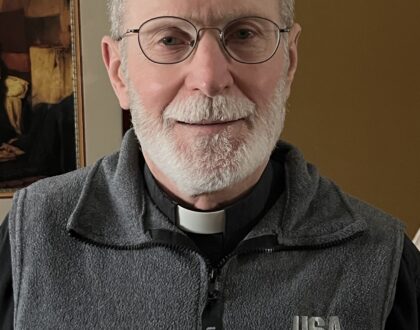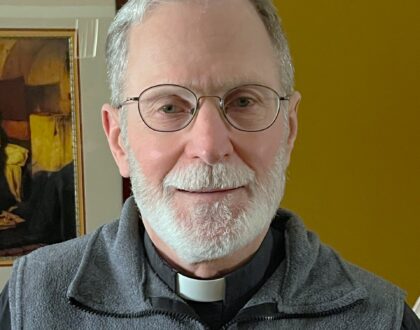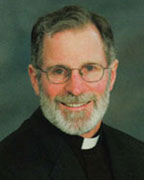Homily, 5th Sunday of Lent, March 26, 2023

From The Pastor
Preparing for death is never an easy process. For most, it is largely ignored until a point comes and it cannot be ignored. In sudden or unexpected death, a person is not afforded the opportunity to prepare them self or others. Many others will have the time to ponder and prepare for the end of life in a meaningful way. The dignity of every life is worthy of an intentional preparation at the time of death.
The death of Lazarus is a miraculous story surrounded by the intentional activity of Jesus as he prepares for his death. The death of Lazarus could be a stand-alone episode. However, it is surrounded with details that serve a larger purpose in the anticipation of the Lord’s death and the final legacy Jesus creates for those left behind.
The initial focal point is the illness of Lazarus and the concern of Martha and Mary for his wellbeing. The sisters sent word to Jesus that sets in motion a series of events that resulted in the resuscitation of Lazarus as well as the anticipation of the death of Jesus. Jesus knows his time is coming. Following the incident of cleansing the Temple, the intensifying conflict with the religious leaders, and now the act of raising Lazarus from the dead, Jesus knows his end is near.
It becomes a tender and poignant scene. We are shown the very human side of Jesus in the sadness and distress of the death of his beloved friend. We see his patience and compassion for Martha and Mary. In the final scene, we see the power of the Divine nature of Jesus as he calls forth Lazarus from the tomb. In preparing for his death, Jesus is intent on creating a legacy of compassion, mercy, and Divine action that serves as a call to faith.
Jesus elicits a profession of faith from the grieved Martha. He reveals again his nature, identity, and purpose. Martha wishes Jesus had been there, but trusts God will fulfill any request of Jesus. Martha believes Lazarus will rise on the last day. Jesus reveals, “I am the resurrection and the life, whoever believes in me, even if he dies, will live, and everyone who lives and believes in me, will never die.” This is a universal and timeless revelation. On the lips of Martha, Jesus elicits the response of all believers. “Do you believe this?” “Yes, Lord, I have come to believe you are the Christ, the Son of the living God.” Through Martha, Jesus confirms a legacy of faith in his identity as Christ and Redeemer who rises from the dead.
Now the scene shifts to Mary and the human legacy of Jesus is shown. Mary is shown the love and compassion of Jesus who is deeply moved at the death of Lazarus. ‘And Jesus wept.’ Through Mary, Jesus creates the legacy of the felt experience of love and compassion. As the days of his passion approach, a similar scene is repeated at the Last Supper. This is a scene filled with healing, love, surrender, and complete self-giving; all in the context of a final meal and the institution of the Holy Eucharist that promises his constant presence.
Jesus is preparing to die well as he gives us a model to follow. Knowing his death is coming, Jesus does the inner work of acceptance and surrender with a peaceful spirit and a willing heart. He does not ignore or deny what he knows is coming. He has every intention to face his death with meaning and purpose. What he knows is coming, he intends to embrace with perfect love, willing desire, and full-hearted peace. This is the love that makes the death of Jesus not only meaningful, but redemptive. This is Divine love given through a perfectly human life of love free from resentment or bitterness.
Jesus teaches us how to die well. To die well is to hold deeply the power of the Lord’s resurrection. To die well is to leave a legacy of healing, love, and forgiveness that frees beloved survivors of guilt, unfinished emotions, or a tormented absence. In truth, such a legacy is not often built in the last six months of life. To die well is a process of humility and surrender to love faithfully through the journey of daily life. As a manner of life, Jesus constantly offered his time, energy, and whole self to others in love. This is the legacy he invites for each of us.
The raising of Lazarus was a miracle. Notably, it was a resuscitation not a resurrection. A resuscitated person dies again at later time. Resurrection is permanent with a new glorified body. We can only ponder how Lazarus, Martha, and Mary lived their remaining years steeped in the lived experience of a realized faith. They came to know God and Jesus in a deep and powerful way. Their faith was alive, full of trust, and animated with love.
As we pass through the seasons of life, it is a worthy effort to ponder the life and death of Jesus. He is a profound model from beginning to end. With mature hope in life after death in the body, commit to living and dying well. Eternal life is ours in Christ risen from the dead.
Father John Esper
Recent Sermons

Homily, April 6, 2025
April 05, 2025

Homily, March 30, 2025
March 27, 2025

Homily, March 23, 2025
March 20, 2025

